The Antequera Dolmens are a collection of megalithic monuments (structures made using only large interlocking stones without the use of mortar) based in the region of Antequera, Andalusia. The region is known as the "heart of Andalusia" due to its central location between the provinces of Malaga, Granada, Cordoba and Seville.
The province of Malaga extends from the border of Antequera down to where Marbella meets the province of Cadiz, if you are looking for a holiday rental in Malaga it's the perfect location as you can easily reach Antequera from this area.
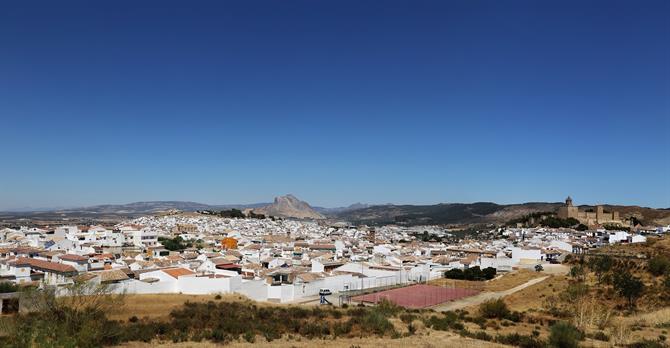
Just outside the town of Antequera, you can find these 5000-year-old archaeological wonders named The Menga Dolmen, The Viera Dolmen and The Tholos de El Romeral Dolmen which is just a few kilometres further away. Added to the list on the 15th July 2016, this is the seventh UNESCO World Heritage site in Andalusia and the 45th in the whole of Spain.
History of The Dolmens
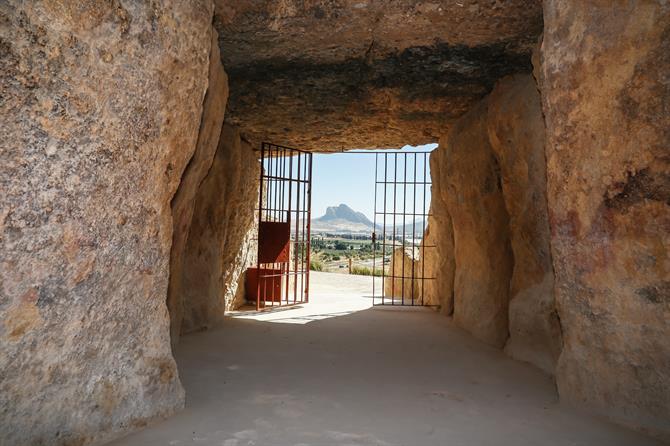
It is believed that the Menga and Viera Dolmens were built between 3500BC and 3000BC by farmers who lived in the fertile Guadalhorce valley during the Neolithic Period and Copper Age from 5000BC to 2200BC. El Romeral was constructed later, possibly around 2500BC.
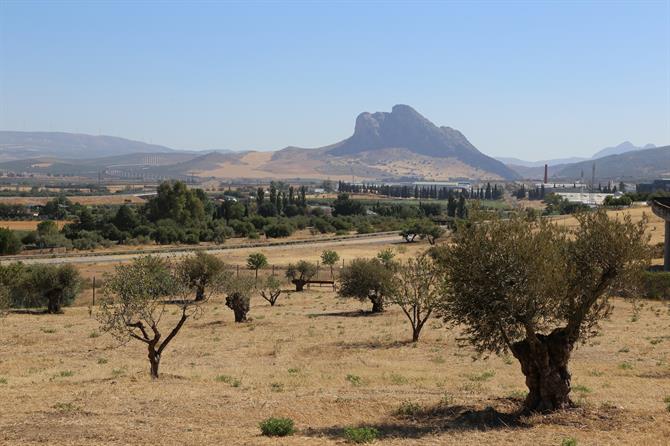
UNESCO say that the Dolmens are "outstanding examples of megalithic architecture and among the most recognised and quoted in the world". Included in this geological complex are two outstanding mountain formations - La Peña de los Enamorados (Lover's Leap) and El Torcal de Antequera - which are both significant due to their importance in positioning the Dolmens when they were built, thousands of years ago.
The Menga Dolmen
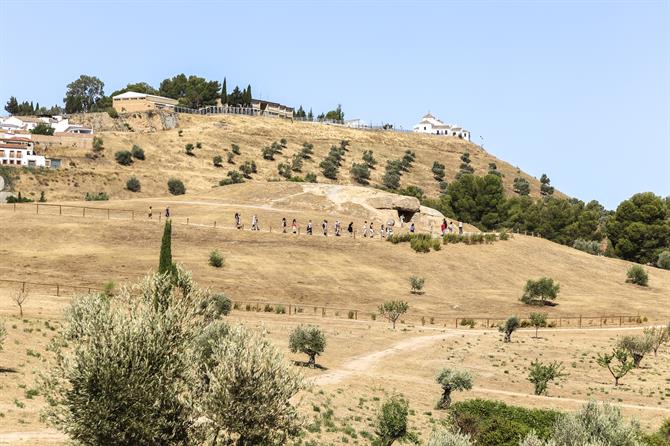
The Menga Dolmen is the longest in Europe by almost 30 metres. The largest stone weighs a phenomenal 180 tonnes, which is 140 more than the biggest stone at Stonehenge. The entrance passage of Menga is 045 degrees north-east, perfectly facing the Peña de los Enamorados, making this one of the only Dolmens in Europe which faces a natural landmark.
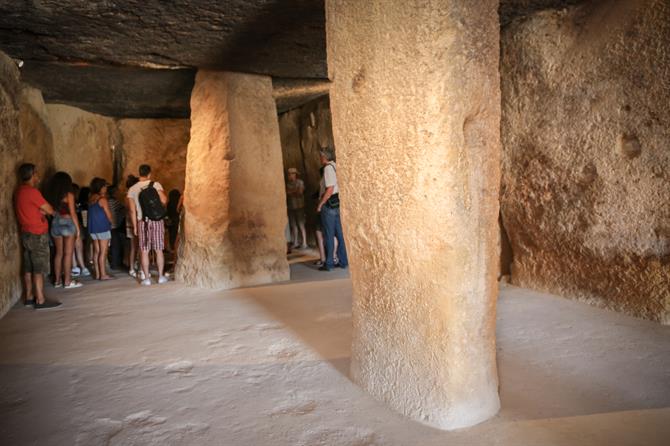
This particular positioning is also significant because during the summer solstice, the sun shines directly above the peak of Peña de los Enamorados and bathes the Menga Dolmen's entrance passage in morning sunlight. It is believed that this would have held mystical importance for the tribes that originally built these structures.
The Viera Dolmen
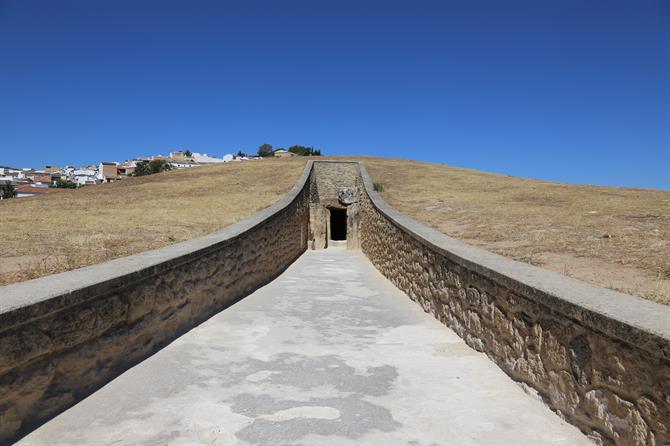
The characteristics of the Viera Dolmen are more regular than those of the Menga and El Romeral. The entrance passage faces 096 degrees east, thus following standard patterns of other Iberian megaliths.
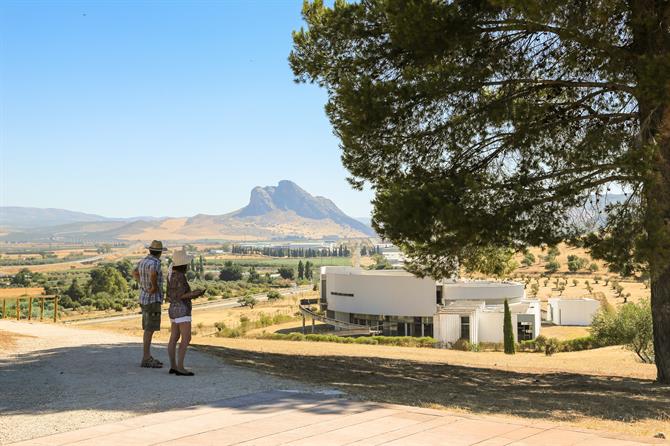
One interesting feature of this particular Dolmen is the rearmost stone, which has a hole in the centre, this was not part of the original structure but made later on by tomb raiders.
The Tholos de El Romeral Dolmen
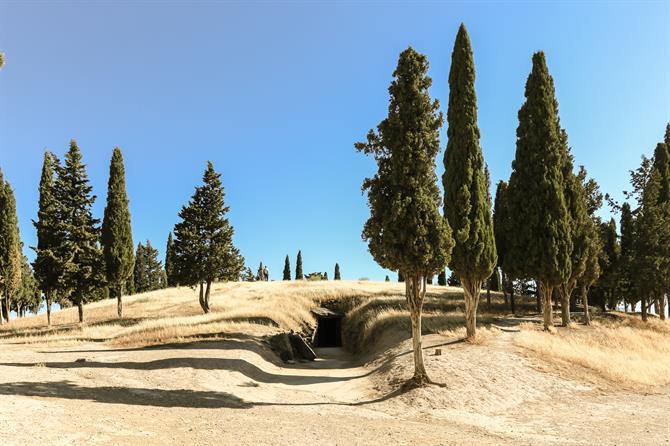
The Tholos de El Romeral Dolmen is a "false cupola or beehive tomb", inside the deepest chamber there is a false dome ceiling which cannot be seen from the outside and it is said to be one of the best examples of a false dome ceiling on the whole Iberian Peninsula. The walls of this Dolmen are masonry and are covered by earth and a circle of trees.
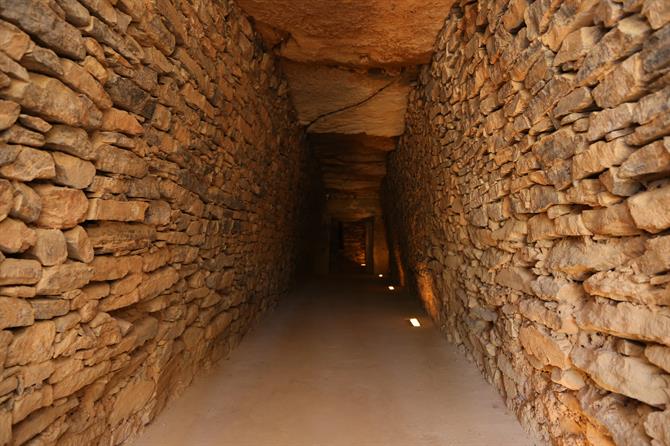
In the deepest chamber of the Dolmen, there is a 20cm limestone slab whose original purpose is unknown, although there is no evidence that it was used for human sacrifice.
The entrance passage way of El Romeral faces 199 degrees south-west and like the Menga Dolmen, also points in the direction of a natural landmark - the Camorro de las Siete Mesas mountain, which is part of the El Torcal de Antequera mountain range.
In the afternoons during the winter solstice, the sun shines directly on the back wall of the Dolmen's rear chamber.
If you'd like to see the dolmens and experience rural Spanish culture, a holiday to Antequera may be the perfect antidote.
More Information
Entrance: Free
Opening Times:
1st Jan - 31st March and 16th Sept - 31st Dec
Tuesdays to Saturdays: 9:30am till 17:30pm
Sundays and Holidays: 9:00am till 15:30pm
Mondays: Closed
1st April - 15th June
Tuesdays to Saturdays: 9:00am till 19:30pm
Sundays and Holidays: 9:00am till 15:30pm
Mondays: Closed
16th June - 15th September (Summer)
Tuesdays to Sundays: 9:00am till 15:30pm
Mondays: Closed
Telephone: 952712206/952712207
